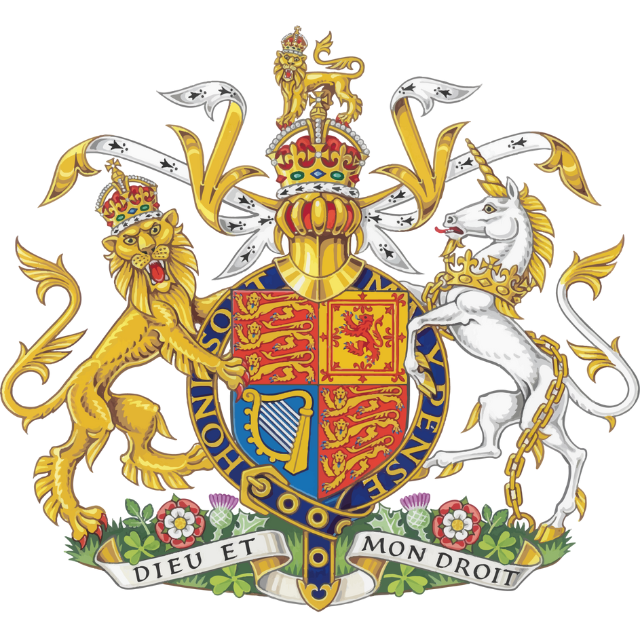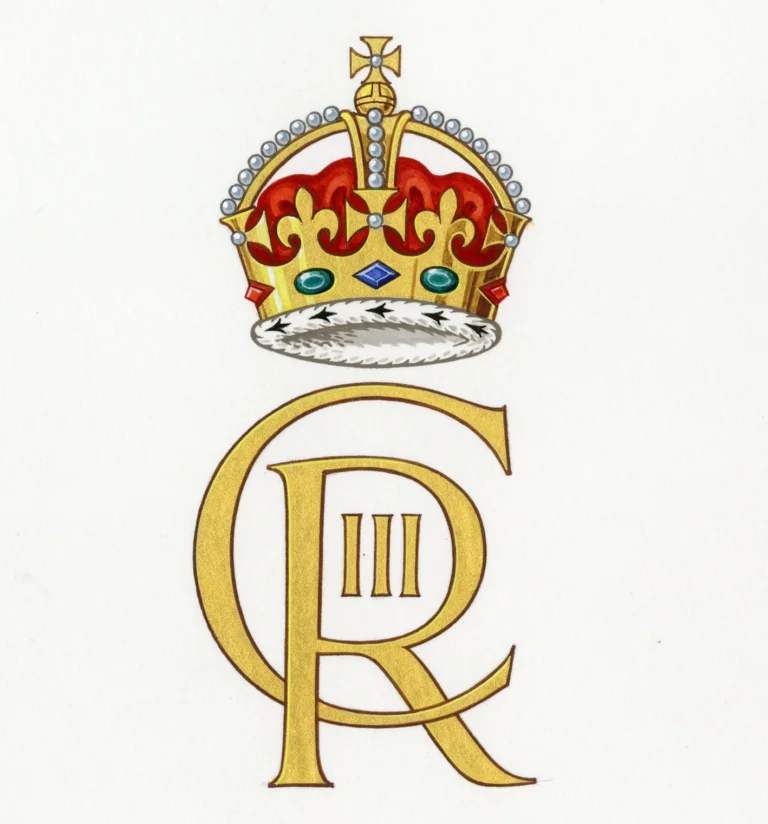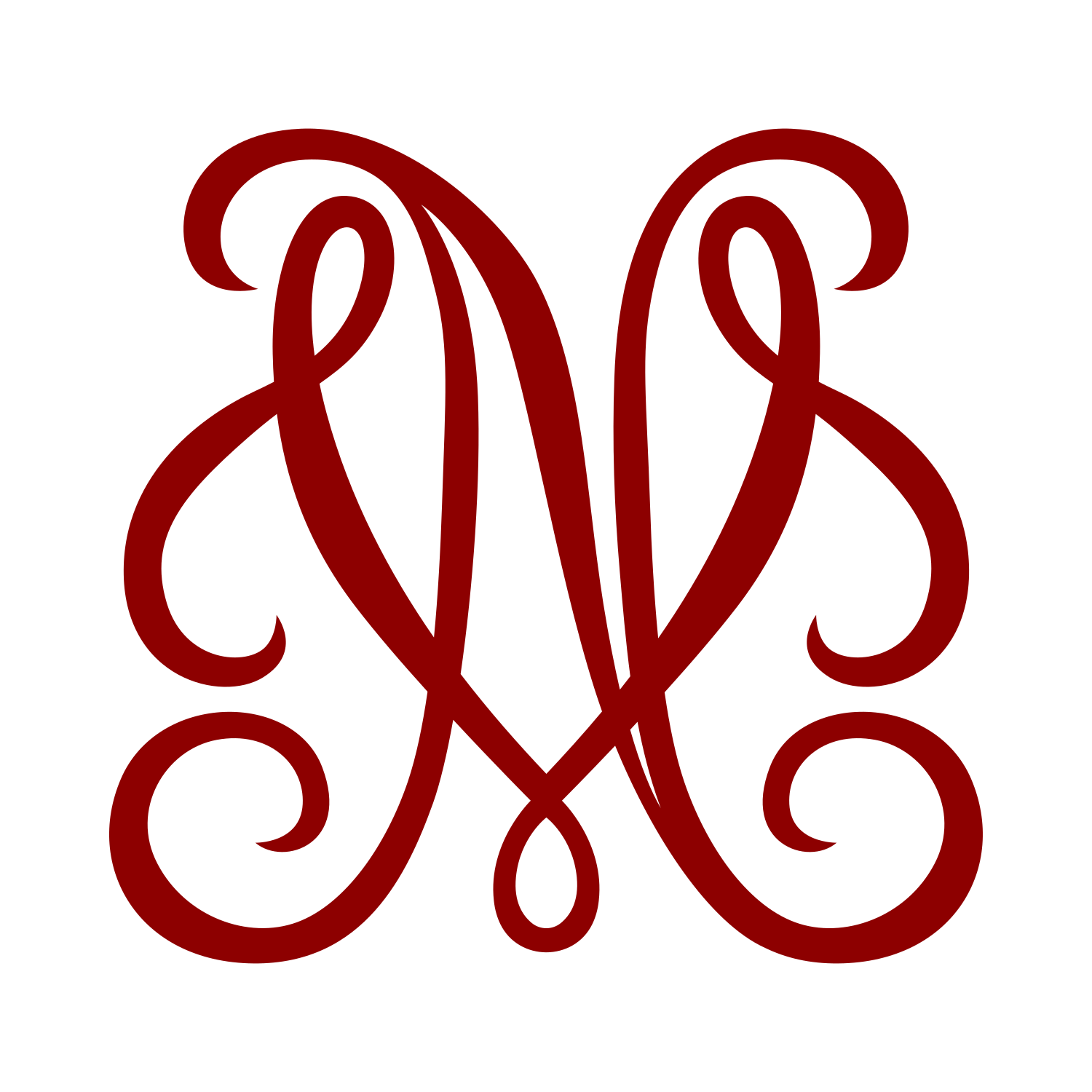On October 10, 2024, a new design for the UK coat of arms was unveiled, marking an important moment in the country’s heraldic tradition. This new design follows the accession of His Majesty The King, and like all changes to the coat of arms, reflects the commencement of a new reign.
The UK coat of arms is not merely a symbol of the government; it is a representation of the royal authority upon which the government acts. By using the coat of arms, the government conveys that it operates under the authority of the Crown, and it is often referred to as “His Majesty’s Government.” The updated design continues this tradition, but with a refreshed look to match the current reign.

The changes to the previous coat of arms are subtle yet noticeable. They have gone back to a classic shape escutcheon rather than an oval shape (arms of women are generally depicted not on shields but on lozenges or ovals). Also, following King Charles III’s decision to incorporate the Tudor Crown into his royal cypher, the College of Arms anticipated a similar adjustment to the crown featured on the royal arms. The Tudor Crown, also referred to as the King’s Crown, was last used officially between 1902 and 1953, and now replaces St. Edward’s Crown, the heraldic symbol that was prominent throughout the reign of Queen Elizabeth II.

For practical purposes, the government uses a simplified version of the coat of arms known as the lesser arms. This version of the arms is now available in a variety of formats, including a streamlined silhouette for digital communication. The use of the lesser arms will be widespread, appearing on departmental logos, email signatures, and other official correspondence, ensuring consistency across government communications.

As part of the transition, new departmental logos will be rolled out, with updates being made in a cost-efficient manner, beginning with digital platforms. This rollout is expected to be gradual, with updates to physical materials following later, as is customary in heraldic design changes.
The updated coat of arms marks a subtle yet significant evolution in a long tradition of state heraldry. It stands as both a symbol of continuity and an acknowledgment of the monarchy’s evolving role in the 21st century.
